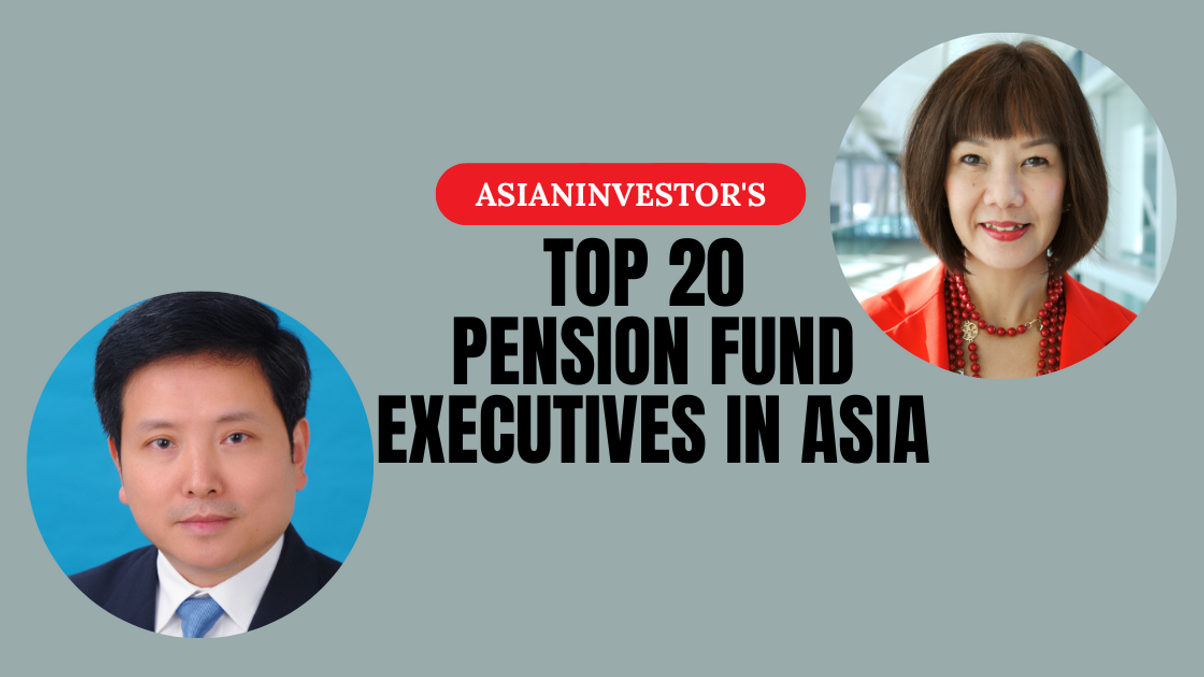Top 20 pension executives: Leong Wai Leng, Liu Wei
AsianInvestor has identified 20 outstanding executives who are driving the region's pension industry forward. Today, we feature leaders from Canada and China — CDPQ and NCSSF.

AsianInvestor's Top 20 pension executives in Asia list brings together an array of senior executives, from CEOs and CIOs to heads of responsible investing and equity chiefs.
Sign in to read on!
Registered users get 2 free articles in 30 days.
Subscribers have full unlimited access to AsianInvestor
Not signed up? New users get 2 free articles per month, plus a 7-day unlimited free trial.
¬ Haymarket Media Limited. All rights reserved.


